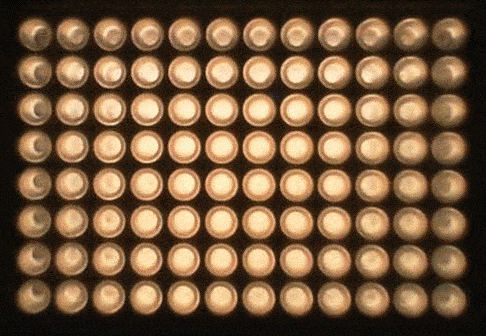DRINCZ

The DRoplet Ice Nuclei Counter Zurich (external page DRINCZ, David et al., 2019) uses drop-freezing technique (Vali 1971) to determine the concentration of Ice Nucleating Particles (INPs) in liquid samples (immersion freezing mode) from 0 °C to below -20 °C. Liquid samples can originate (amongst others) from impinger collection, rinsed filters or fresh snow samples. With knowledge about the collection of samples (e. g. air volume sampled, cloud water content) the INP concentration in air is assessed.
external page DRINCZ was designed for portable usage and has been used during several campaigns in Switzerland, Austria and Svalbard (Norway). With its detection range from 0 °C to below -20 °C it is specifically suited to study primary ice nucleation in mixed-phase clouds, in particular the impact and contribution of bioaerosol to the INP concentration, which is known to freeze at low supercooling > -15 °C and still adds to undertainties in their role in cloud formation.

References
Vali, G.: Quantitative Evaluation of Experimental Results an the Heterogeneous Freezing Nucleation of Supercooled Liquids, J. Atmos. Sci., 28, 402–409, https://doi.org/10.1175/1520-0469(1971)028<0402:QEOERA>2.0.CO;2, 1971.
David, R. O., Cascajo-Castresana, M., Brennan, K. P., Rösch, M., Els, N., Werz, J., Weichlinger, V., Boynton, L. S., Bogler, S., Borduas-Dedekind, N., Marcolli, C., and Kanji, Z. A.: Development of the DRoplet Ice Nuclei Counter Zurich (DRINCZ): validation and application to field-collected snow samples, Atmos. Meas. Tech., 12, 6865–6888, https://doi.org/10.5194/amt-12-6865-2019, 2019